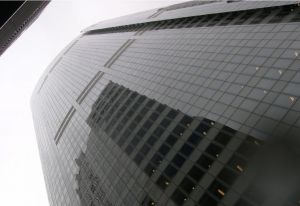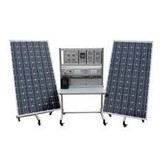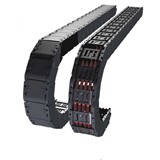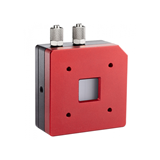Although, not new technology, trigeneration and cogeneration systems are showing signs of being the latest ‘must have’ sustainable product, recently experiencing strong growth in the past three years.
"Over recent years the dominating factor in the decision [to install the systems] was and still is the payback on the capital investment. Over the past two years we have experienced an average increase in energy costs of over 20% per year, which has put pressure on the industry and commercial developments," says Simon Bennallack, National Manager at Urban Energy Australasia.
The City of Sydney has even jumped on board, with the City's 200+ buildings to eventually be run by trigeneration in the council’s bid to cut carbon emissions by 70% by 2030.
The technology behind trigeneration harnesses three forms of energy – electricity, heating and cooling – and can provide all three types of energy by capturing the heat lost by electricity generation.
There are many benefits – using a waste product, providing an alternative to coal-fired electricity systems and the ability to create surplus energy.
"Trigeneration achieves this by using on-site natural gas-fuelled electricity generation," says Andrew Cogger, Manager, business development and systems at Cogent Energy.
"This can in turn improve building energy efficiency ratings such as those performed under the NABERS rating scheme."
This is even more pertinent with the mandatory disclosure of energy ratings for commercial buildings now in effect.
Trigeneration systems are typically installed in commercial and industrial buildings – premises with a high energy use. According to Cogger, they are most suited to buildings with a steady peak period load of 400kW.
"This allows the trigeneration plant to operate at a high utilisation and also make the best use of the recovered waste heat," Cogger says.
The systems are usually installed in the basement area of buildings near plant rooms and switch board rooms.
They can also been installed on the roof. At 133 Castlereagh Street in Sydney, Cogent Energy installed a trigeneration system at the 6 star Green Star building. Due to limited space within the existing plant room, a previously unused rooftop space was utilised for equipment installation with an acoustic engine enclosure.
Cogeneration is a similar system. It differs from trigeneration by utilising only two energy sources – heat and electricity.
Cogeneration systems can be designed to accommodate 100% of a building’s energy needs – an island connection. In some cases, however, the system is linked to the main power grid, called a parallel grid connection. This allows buildings to revert to grid power when needed and also to feed power back into the grid.
The success of a cogeneration system is largely dependent on size – it needs to be suitable for the building’s electrical base load.
"This will maximise the efficiency of the unit and can also give the flexibility of introducing smaller additional units to stage their running periods," Bennallack says.
"If you oversize the engine you are unable to utilise the electricity manufactured by the unit and will have to turn the unit off.
"Unfortunately, there has been units designed and installed using this sizing method and they are not running to their true performance capabilities."
There’s no doubt that using the technology wisely can yield significant results, not only for the environment, but in the long run, also financially.












